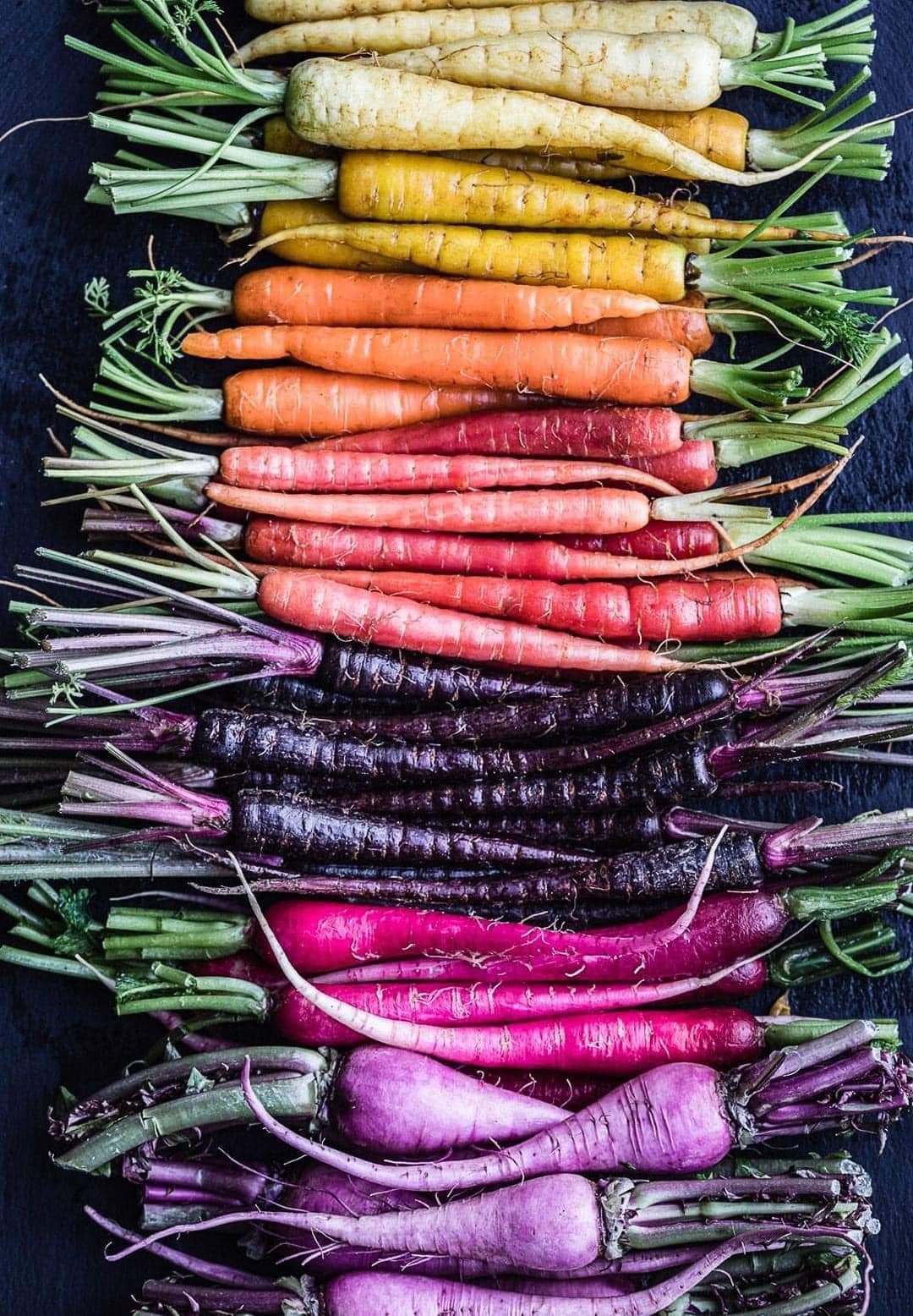Photo Of The Day
Carrots are among the oldest vegetables in the world, and they have a rich history of cultivation and variation. They originated from wild carrots that were usually purple with white inside, and they had a woody and bitter taste. They were first domesticated in Asia around 900 AD, where farmers bred different colors of carrots, such as yellow, red, white, and black. However, some sources claim that carrots were cultivated earlier in ancient Persia or Egypt .
The orange carrot that we consume today was developed in the Netherlands in the 17th century by crossing yellow and red carrots. It had a sweeter and juicier taste than the other varieties, and it became a symbol of the Dutch royal family, the House of Orange. The orange carrot was widely exported to other countries in Europe and beyond. Some of the earliest orange carrots were called Long Orange or Horn Carrots.
Carrots are now grown all over the world, and they come in many different types and colors. Some of the most common types are:
- Danvers: These are the classic orange carrots that are good for cooking and juicing. They have a conical shape and a smooth skin.
- Nantes: These are cylindrical carrots that have a blunt tip and a crisp texture. They are sweet and tender, and they are best eaten raw or lightly cooked.
- Imperator: These are long and slender carrots that have a tapered end and a deep orange color. They are crunchy and flavorful, and they are ideal for salads and snacks.
- Chantenay: These are short and broad carrots that have a tapered end and a reddish-orange color. They have a rich and earthy taste, and they are suitable for roasting and stewing.
- Mini: These are small and round carrots that have a bright orange color and a sweet taste. They are perfect for snacking or garnishing dishes.
There are also heirloom varieties of carrots that have different colors, such as purple, yellow, white, or black. These carrots have different health benefits due to their different pigments. For example, purple carrots contain anthocyanins, which have antioxidant properties; yellow carrots contain xanthophylls, which support eye health; white carrots contain phytochemicals, which may have anti-inflammatory effects; and black carrots contain anthocyanins as well as phenolics, which may lower blood pressure.
Text credit: Earth Unreal
Image credit: Waves in the kitchen.



